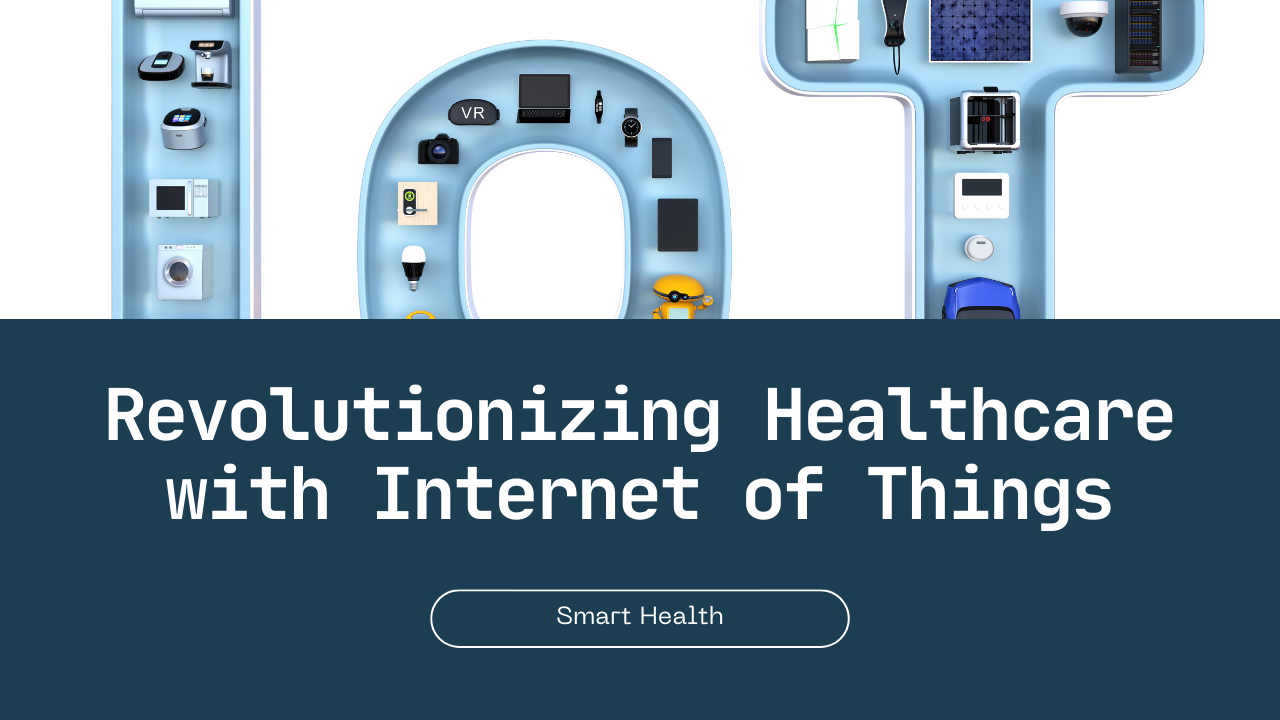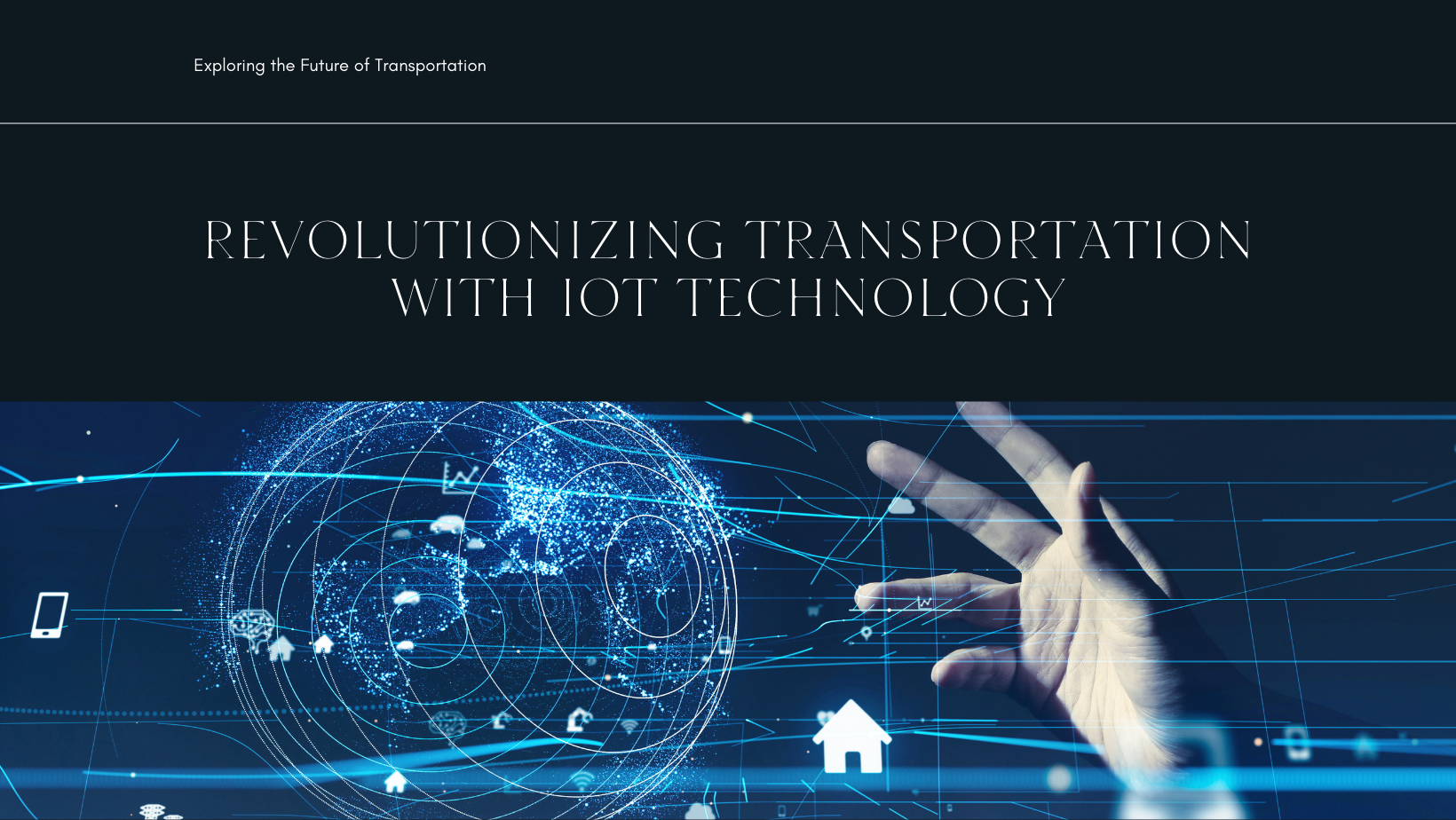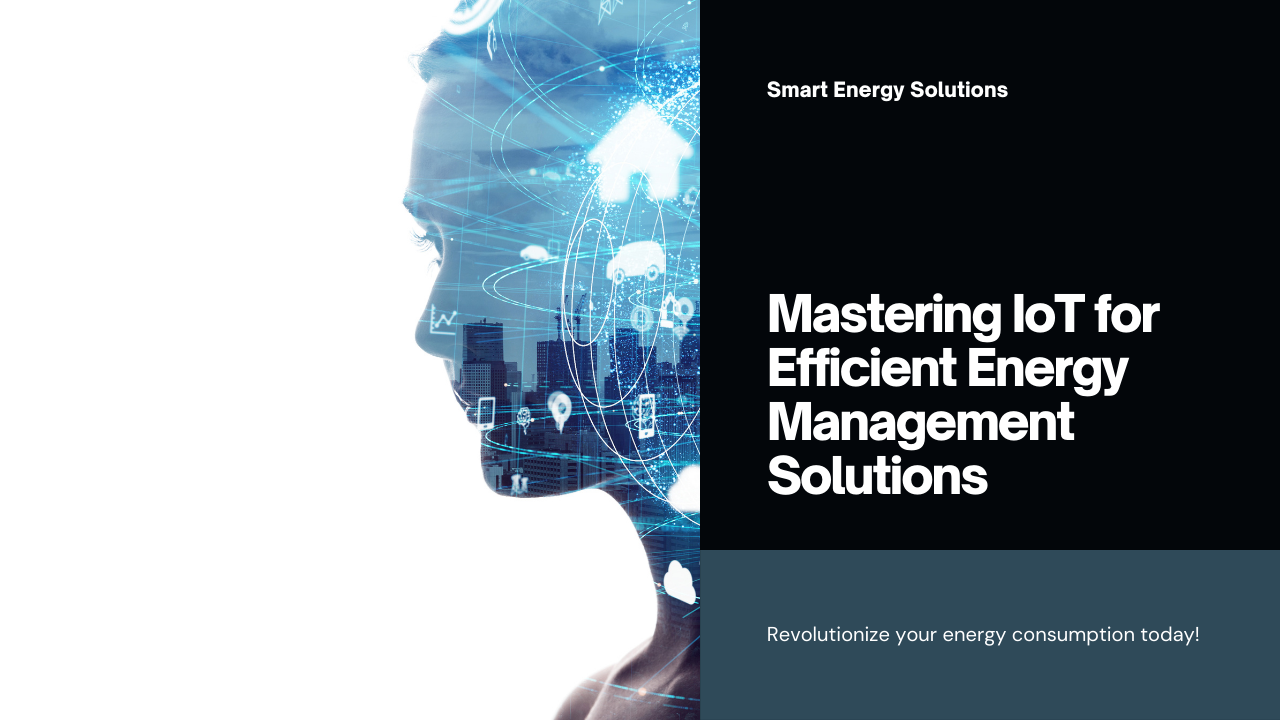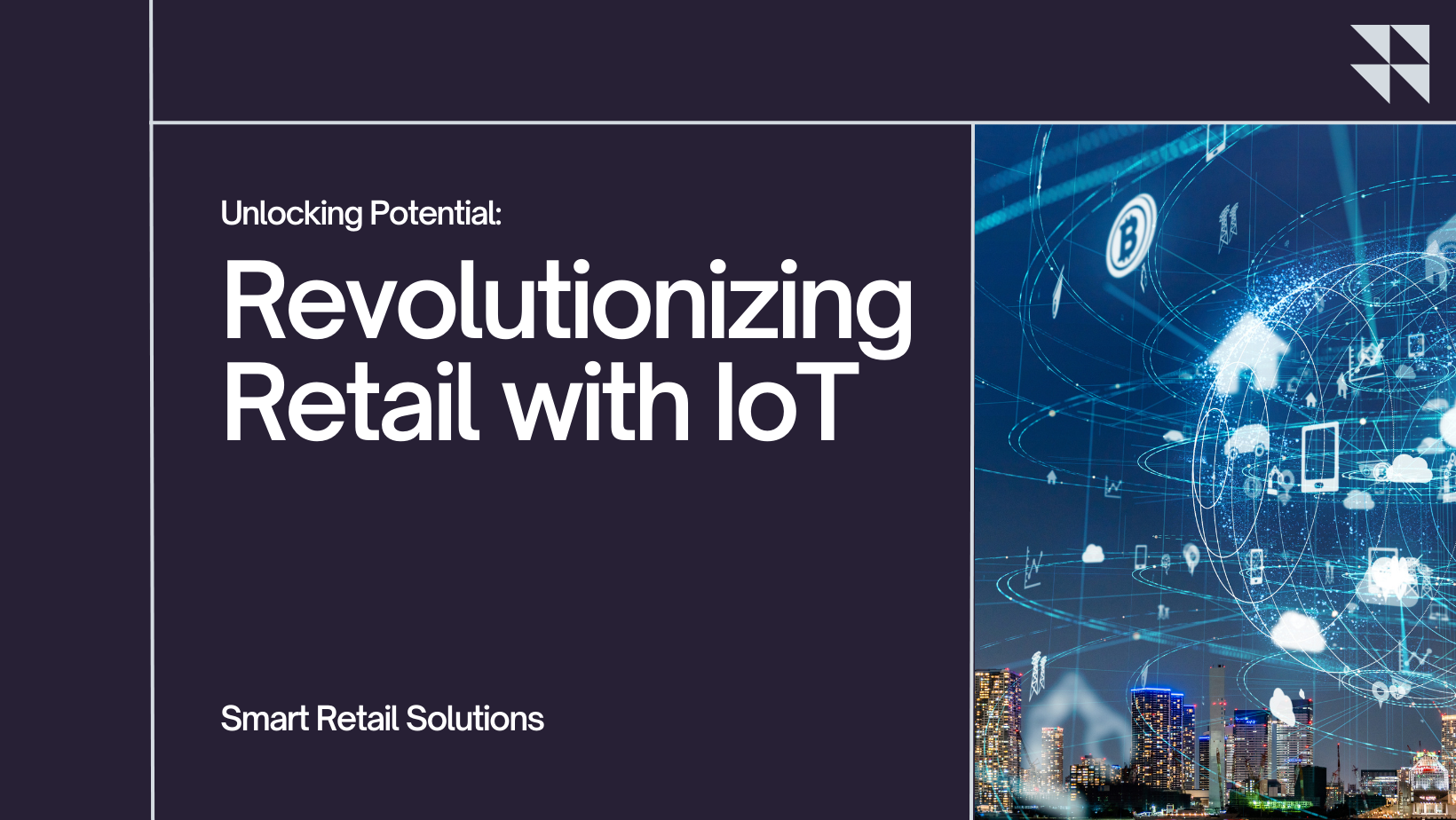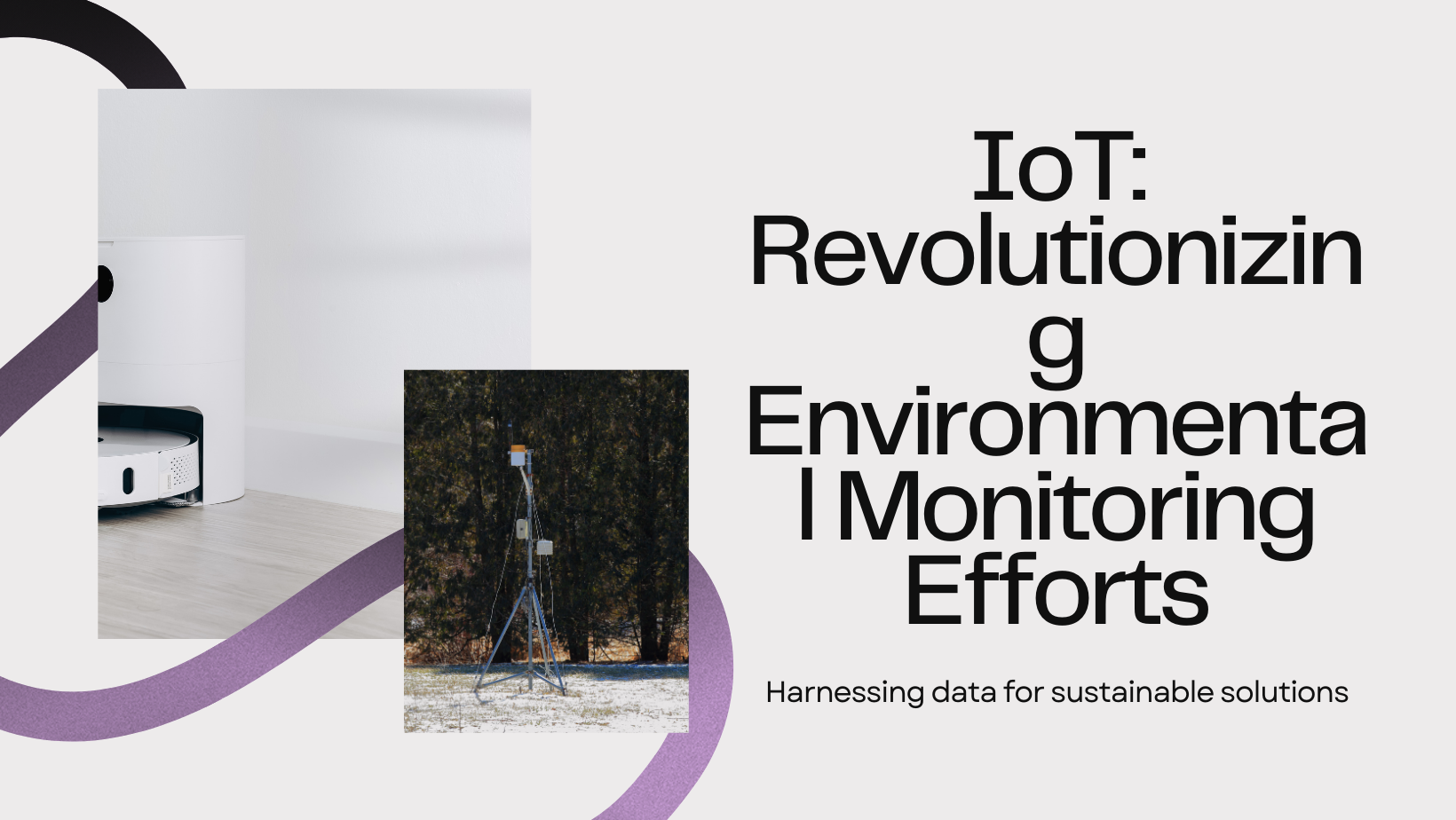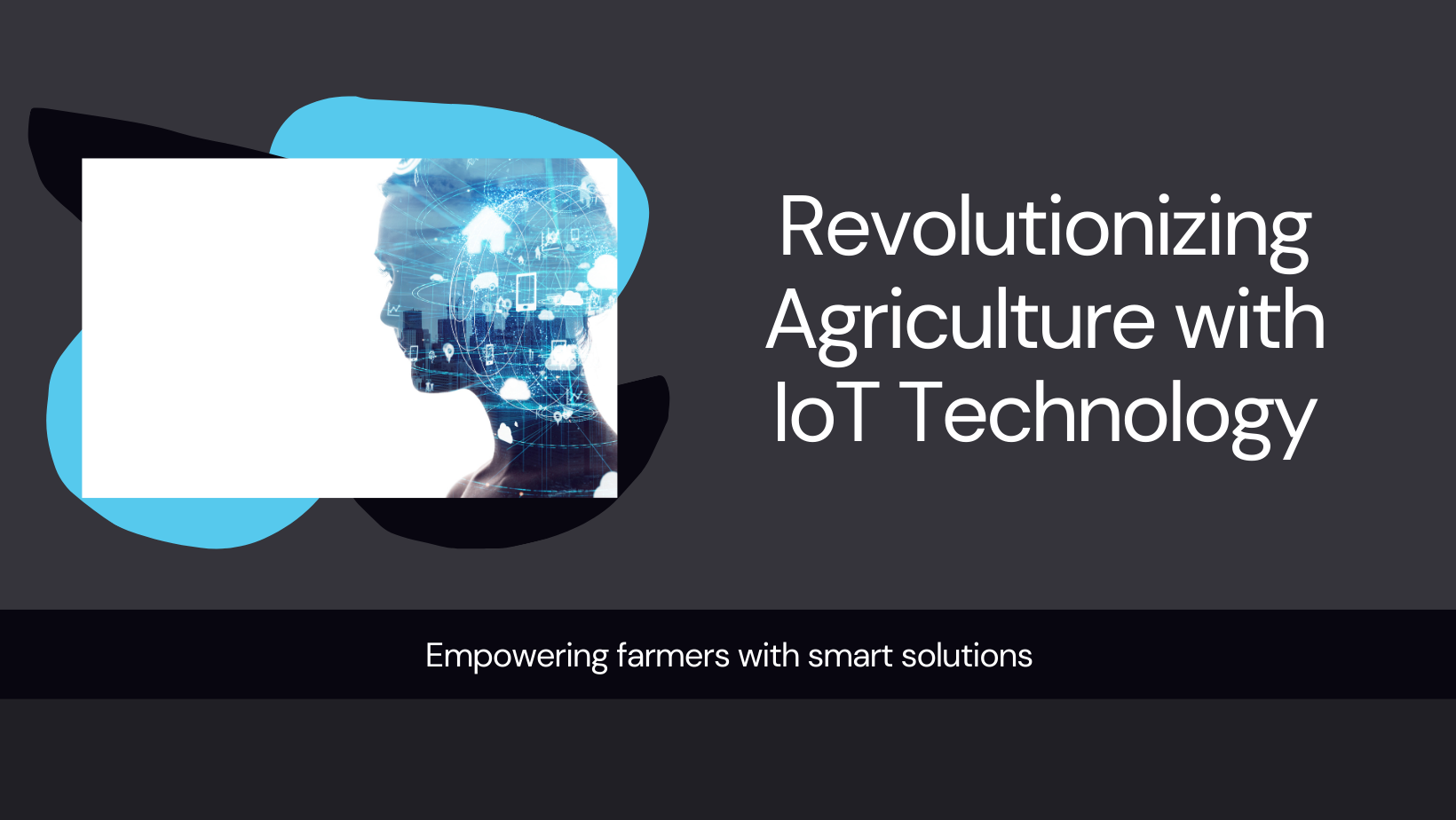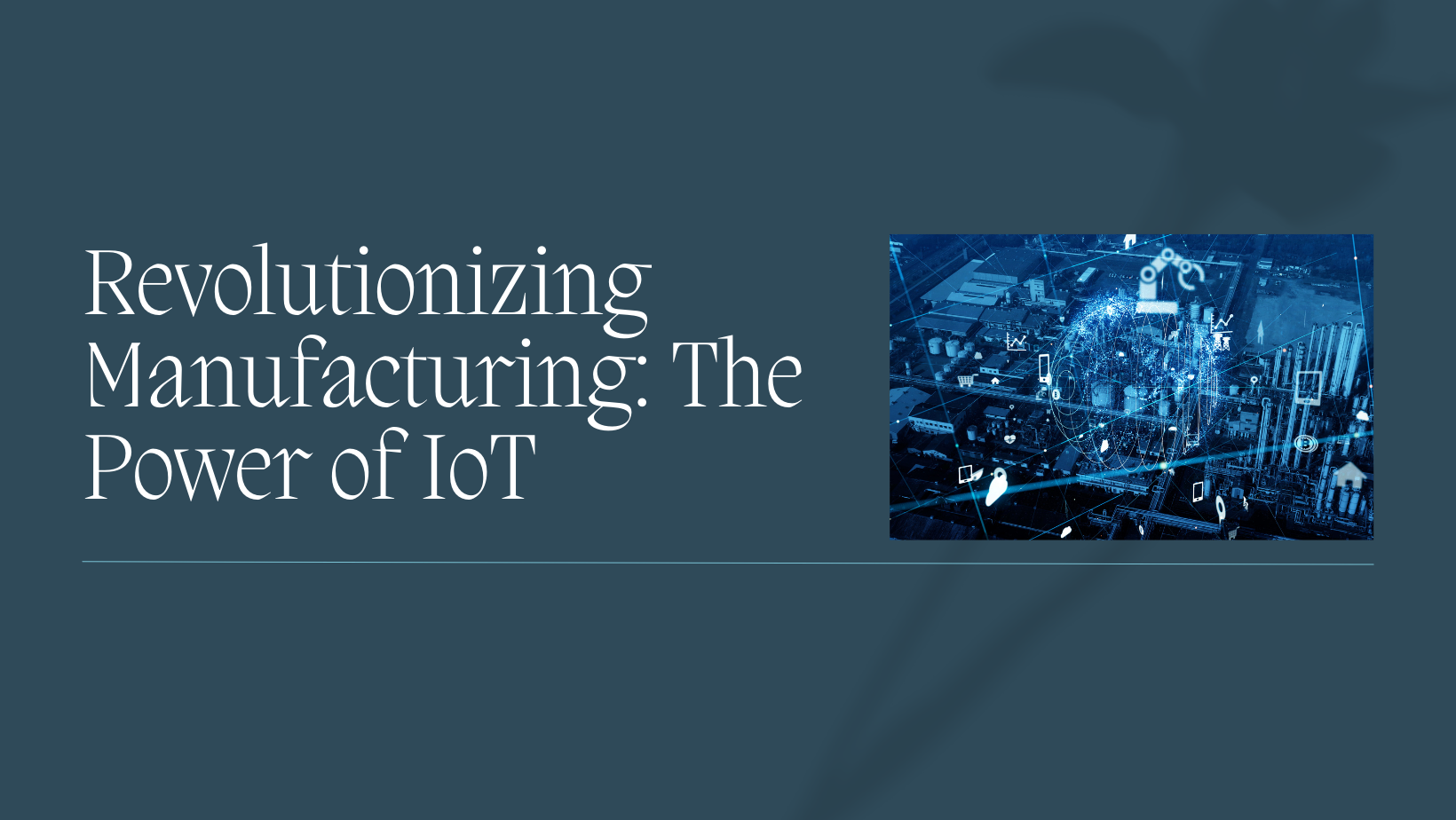The Internet of Things (IoT) is revolutionizing various industries, and healthcare is no exception. IoT in healthcare, often referred to as the Internet of Medical Things (IoMT), involves the use of connected devices to monitor patients, manage diseases, and improve the overall quality of care. In this blog, we will explore how to develop IoT solutions for healthcare, covering the necessary steps, benefits, challenges, and future trends.
Understanding IoT in Healthcare
1. What is IoT in Healthcare?
IoT in healthcare refers to the integration of IoT devices and systems within medical environments to collect and analyze data, provide real-time monitoring, and facilitate remote care. These technologies enable healthcare providers to deliver more personalized, efficient, and proactive care to patients.
2. Key Components of IoT Healthcare Systems
- IoT Devices: Wearable devices (e.g., fitness trackers, smartwatches), implantable devices (e.g., pacemakers), and environmental sensors (e.g., air quality monitors) that collect patient data.
- Connectivity: Wireless communication technologies such as Wi-Fi, Bluetooth, Zigbee, and cellular networks that enable devices to transmit data.
- Data Storage and Processing: Cloud platforms and edge computing systems that store, process, and analyze the massive amounts of data generated by IoT devices.
- User Interfaces: Mobile apps, web portals, and dashboards that provide healthcare providers and patients with access to real-time data and analytics.
Benefits of IoT in Healthcare
1. Improved Patient Outcomes
- Real-time Monitoring: Continuous monitoring of patients’ vital signs and health metrics allows for early detection of potential issues, leading to timely interventions.
- Personalized Treatment: Data from IoT devices enables personalized treatment plans based on individual health profiles and real-time information.
2. Enhanced Operational Efficiency
- Resource Management: IoT can optimize the use of medical equipment, track inventory, and streamline hospital operations, reducing costs and improving efficiency.
- Remote Care: Telemedicine and remote monitoring reduce the need for frequent hospital visits, saving time for both patients and healthcare providers.
3. Cost Reduction
- Preventive Care: Early detection and proactive management of health conditions can reduce the need for expensive emergency care and hospitalizations.
- Operational Savings: Efficient resource management and reduced hospital visits lead to significant cost savings for healthcare institutions.
Steps to Develop IoT Solutions for Healthcare
1. Identify the Problem and Objectives
- Define the Problem: Clearly identify the healthcare issue you aim to address with your IoT solution, such as chronic disease management, patient monitoring, or hospital resource optimization.
- Set Objectives: Establish clear, measurable objectives for your IoT project, such as improving patient outcomes, reducing hospital readmissions, or enhancing operational efficiency.
2. Research and Select Appropriate Technologies
- Device Selection: Choose the right IoT devices and sensors based on the specific healthcare needs. Consider factors like accuracy, reliability, and patient comfort.
- Connectivity: Select the appropriate wireless communication technologies (e.g., Wi-Fi, Bluetooth, Zigbee) that ensure seamless data transmission and connectivity.
- Data Storage and Processing: Determine whether cloud-based or edge computing solutions are best suited for your project, taking into account data volume, processing speed, and security requirements.
3. Develop the IoT Ecosystem
- Hardware Integration: Integrate IoT sensors and devices with existing medical equipment or develop new devices tailored to specific healthcare applications.
- Software Development: Create software applications and platforms that collect, store, and analyze data from IoT devices. Ensure the software is user-friendly and accessible to both healthcare providers and patients.
- Data Analytics: Implement advanced data analytics and machine learning algorithms to derive meaningful insights from the collected data, enabling predictive and personalized healthcare.
4. Ensure Data Security and Compliance
- Data Encryption: Protect sensitive patient data by implementing robust encryption methods both at rest and in transit.
- Access Control: Establish strict access control measures to ensure that only authorized personnel can access patient data.
- Compliance: Adhere to relevant healthcare regulations and standards such as HIPAA (Health Insurance Portability and Accountability Act) to ensure data privacy and security.
5. Pilot Testing and Feedback
- Prototype Development: Develop a prototype of your IoT solution and conduct initial testing to identify and address any issues.
- Pilot Testing: Implement a pilot program in a controlled healthcare environment to test the solution in real-world conditions. Gather feedback from healthcare providers and patients to refine the system.
6. Deployment and Scalability
- Full-scale Deployment: Once the pilot testing is successful, proceed with the full-scale deployment of your IoT solution across healthcare facilities.
- Scalability: Ensure that the IoT solution is scalable to accommodate future growth and the addition of new devices, users, and functionalities.
7. Continuous Monitoring and Improvement
- Real-time Monitoring: Continuously monitor the performance of your IoT solution, ensuring that it operates as intended and provides accurate data.
- Feedback Loop: Establish a feedback loop with healthcare providers and patients to gather insights and continuously improve the system.
- Software Updates: Regularly update the software and firmware to enhance functionality, security, and performance.
Challenges in Developing IoT for Healthcare
1. Data Security and Privacy
- Cybersecurity Threats: IoT devices are vulnerable to cyber-attacks, which can compromise sensitive patient data and disrupt healthcare services.
- Regulatory Compliance: Ensuring compliance with healthcare regulations and standards is crucial to maintaining data privacy and security.
2. Interoperability
- Integration Issues: Integrating IoT devices with existing healthcare systems and ensuring compatibility across different platforms can be challenging.
- Standardization: The lack of standardized protocols and frameworks for IoT in healthcare can hinder seamless interoperability and data exchange.
3. Cost and Resource Constraints
- Initial Investment: Developing and deploying IoT solutions require significant upfront investment in hardware, software, and infrastructure.
- Resource Allocation: Allocating sufficient resources for the ongoing maintenance and management of IoT systems can be challenging for healthcare institutions.
Future Trends in IoT Healthcare
1. AI and Machine Learning Integration
- Predictive Analytics: AI-driven predictive analytics will enhance the ability to anticipate health issues and intervene proactively.
- Personalized Medicine: Machine learning algorithms will enable more precise and personalized treatment plans based on individual patient data.
2. 5G Connectivity
- Enhanced Connectivity: The advent of 5G technology will provide faster, more reliable connectivity for IoT devices, enabling real-time data transmission and remote care.
- Increased Device Density: 5G will support a higher density of connected devices, facilitating the expansion of IoT ecosystems in healthcare.
3. Telemedicine and Remote Care
- Virtual Consultations: IoT devices will facilitate virtual consultations and remote patient monitoring, making healthcare more accessible and convenient.
- Home Healthcare: IoT-enabled home healthcare solutions will allow patients to receive medical care and support from the comfort of their homes.
Conclusion
Developing IoT solutions for healthcare holds the potential to transform the industry by improving patient outcomes, enhancing operational efficiency, and reducing costs. By following a structured approach to IoT development, addressing key challenges, and staying abreast of emerging trends, healthcare providers can harness the power of IoT to deliver innovative, data-driven care.
At Sodio Technologies, we specialize in creating custom IoT solutions tailored to the unique needs of healthcare providers. Contact us today to learn how we can help you develop and deploy cutting-edge IoT technologies that drive excellence in patient care and operational efficiency.
